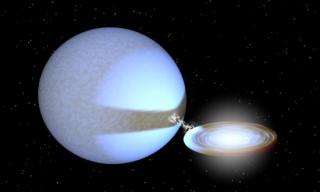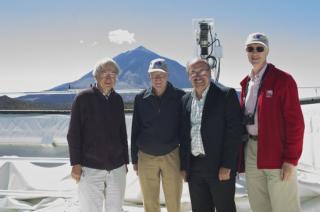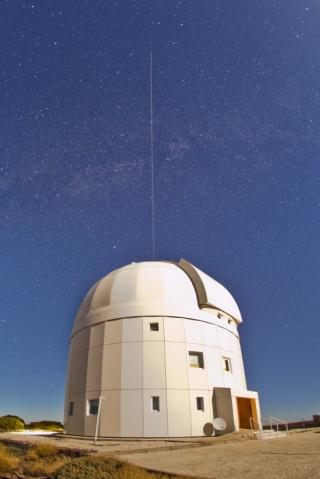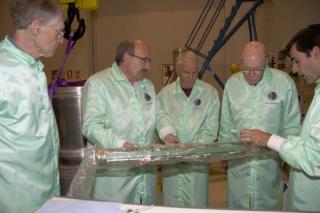
The journal Nature will publish tomorrow an article which helps to explain the mystery of the ultra-high luminosity X-Ray sources
Advertised on
This section includes scientific and technological news from the IAC and its Observatories, as well as press releases on scientific and technological results, astronomical events, educational projects, outreach activities and institutional events.





